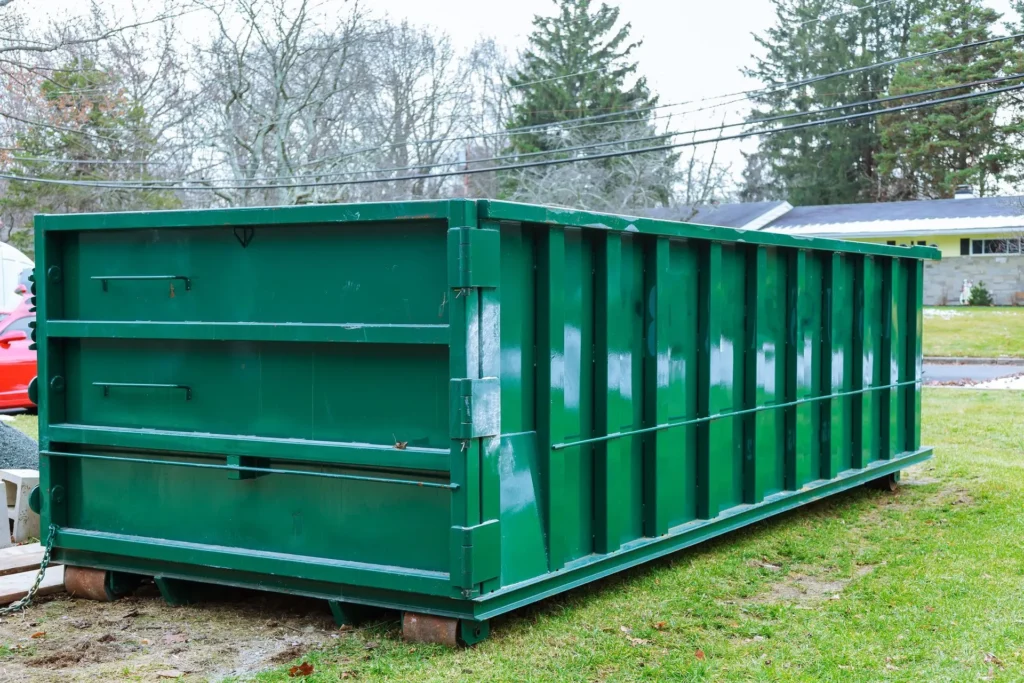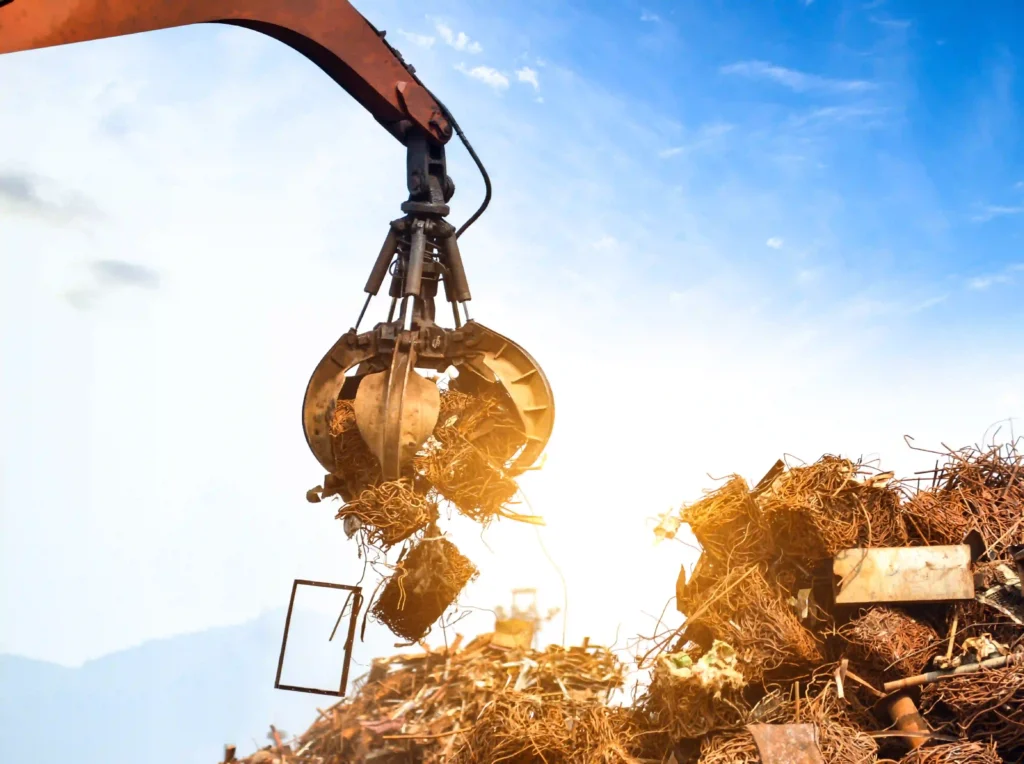5 Key Tips for Renting a Dumpster for Your Next Project
5 Key Tips for Renting a Dumpster for Your Next Project Consider a big cleanup or renovation project? But have you given any thought to how to deal with all the waste that accompanies it? Hiring a dumpster can be an efficient, easy way to deal with everything from home remodels to major construction projects. But not all trash bins are the same, and missing a few important details can turn an easy job into an expensive headache. Likewise, when you have plenty of dumpster sizes to rent companies available to you, you could find yourself lost in a sea of choices. In this post, we’ll outline the top five things you should think about before renting a dumpster – helping to save you time, money and headache. These tips can help you decide whether a cheap dumpster rental is right for you, a construction dumpster rental will work, or if you need something larger, like a residential dumpster rental. Evaluate Your Waste Disposal Requirements To rent a dumpster, you need to first know the right size that would suit your project. This will tell you just what kind of waste you have to put in it and it will also help you decide the correct size of dumpster which you must be renting. Varieties of Waste: What sort of Waste Is the Dumpster intended for? The factors that determine the size and style of the dumpster are as follows. Types of waste include, but are not limited to, the following: Construction waste: If you’re tearing down your home or another building or working on some intense home renovation, you need a construction dumpster rental for drywall, wood, metal, and concrete. Junk from the household: If you’re cleaning out your attic, garage, or basement, something in the range of a residential dumpster rental (and not one for a commercial residential service or construction site) should suffice. These bins are typically smaller and great for items such as furniture, old appliances, clothing, etc. Yard waste: If you’re landscaping or cleaning up the yard at the same time, you may have yard waste, such as branches, grass, and leaves, for which there are specific dumpsters. Toxic waste: If you’re getting rid of toxic substances like chemicals, oils, or asbestos, you should speak with your dumpster rental company about the best way to dispose of them, as they need to be handled separately. Selecting the Right Size Dumpster Once you have identified what kind of waste you will be disposing of, it’s time to select the appropriate dumpster size. Most of the time, dumpster rental companies in Brier have the choice of sizes from 10 yards to 40 yards. To help you figure out the best size for your drive, here’s a quick run-down: 10-yard dumpsters: Ideal for small home projects, such as a garage or attic cleanout. 20-yard dumpsters: These work well for larger home renovations, landscaping, and moderate construction projects. 30-yard dumpsters: Used for major construction and demolition jobs. 40-yard dumpsters: Ideal for major construction or massive cleanouts. It is important to get the size right. If you rent a dumpster that’s too small, you may need to rent a second one , and that means more money. Similarly, however, you will also waste money if you rent one that is too large. How to Choose the Right Dumpster Size How to rent a Dumpster Select a Well-Known Dumpster Rental Company When it comes to renting a roll off dumpster, you want a company that is both reliable and experienced. You’re looking for a company that treats you well, has good pricing and offers service and delivery and pickup when promised.Then you are at right place a1 dumpster rental is renowned dumpster rental company. What to Consider Before Renting a Dumpster Service: Reliability: You want a company that’s going to deliver your dumpster on time and pick it up when scheduled. Check for customer reviews that offer dumpster rental services that say drivers are prompt and reliable. Keeping average prices in competitive range and avoiding high disposal costs due to additional fees Disposal fees are additional costs added on to the rental price.A good trash haul company also needs to take into consideration ticket prices on offers the lowest price in hauling trash. Customer Service: Look for a company with great customer service. It’s worth making contact with the company if you have any questions or problems renting—the rental company should be easy to contact and receptive if there are any issues. Extended Rental Periods: You might be needing the dumpster for few days or weeks, based on the requirements of your project. You’ll want to verify that the company has flexible rental periods and doesn’t have unreasonably high late fees. 6 Things to Expect from a Dumpster Rental Service When Do You Require a Dumpster Permit? If you are having the dumpster put on your private property, you won’t normally require a permit. But if the dumpster is being placed on a public road or sidewalk or shared property, you’ll need a permit from your local government or homeowners’ association. The company you rent from can guide you through the process and help you secure any required permits. What Does a Permit Cost? Fees for a permit vary, depending on where you live. It’s typically only a small amount, but it’s something to factor into your overall budget. Otherwise, you risk not being legally allowed to put your dumpster there, and it could be in the way of traffic, a safety risk. Other Regulations to Keep in Mind Locally There could also be prohibitions on what you can dispose of in a dumpster. For instance, dangerous items such as batteries, tyres, or chemicals might be subject to special handling or require disposal at a certified facility. If you’re working with a dumpster rental company, they can give you insight into what’s allowed and what’s not. Know the Price of Hiring a Dumpster The cost of renting a dumpster can vary based on a number of factors like the size of the container, the type of debris you’re getting rid of, where you need the dumpster, and the length of the rental period. Make sure you fully understand all costs up front so you won’t be surprised down the road. What Factors


